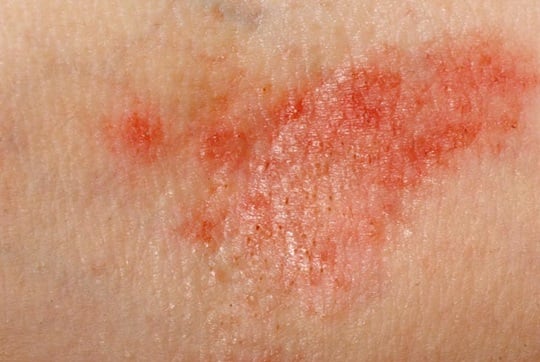Knowledge Portal
HARTMANN SCIENCE CENTER

Visit our designated HARTMANN SCIENCE CENTER to get scientific information relevant around our products.
Learn more
The term infection is used when pathogens (bacteria, fungi, viruses, parasites) enter a host organism, multiply and consequently trigger symptoms and signs of disease, respectively. The resulting symptoms are termed infectious disease.
Infections are, for example, distinguished by
